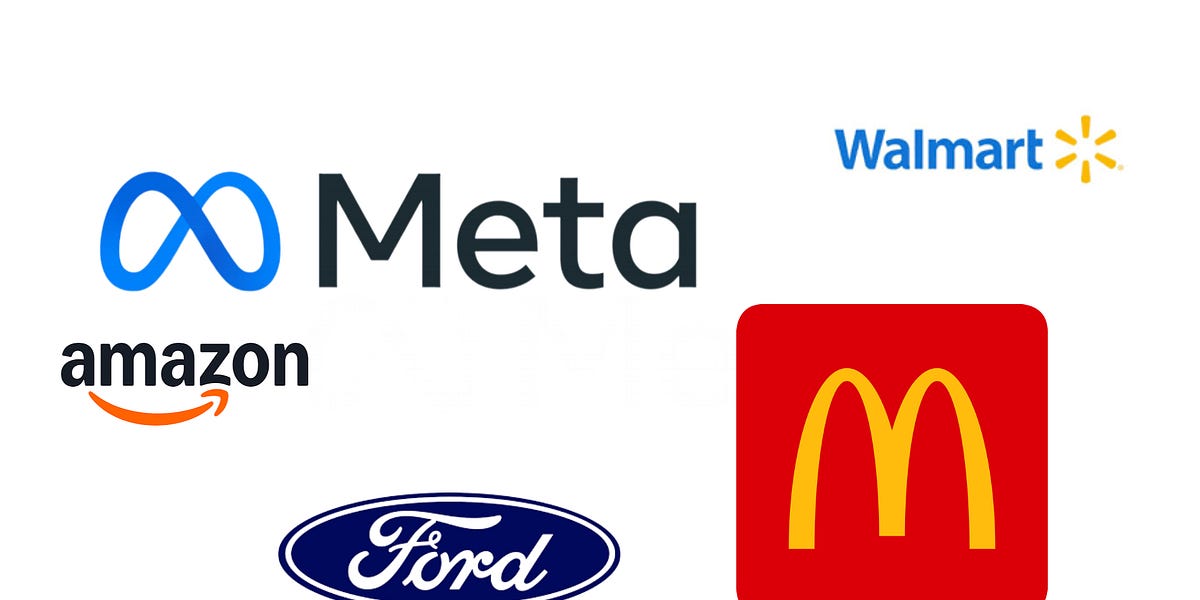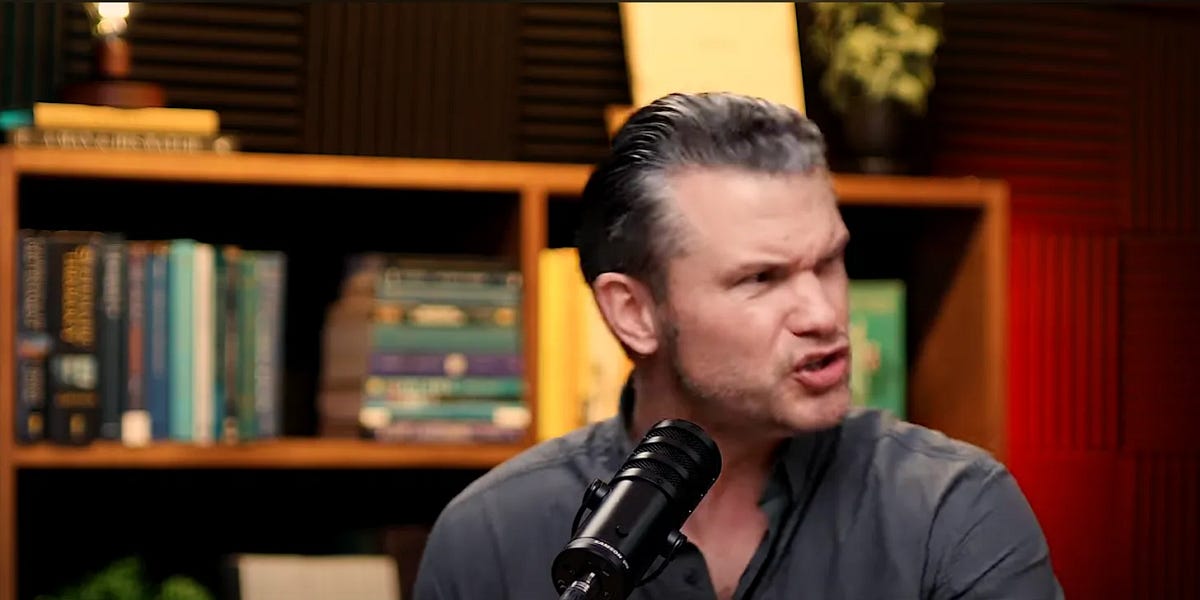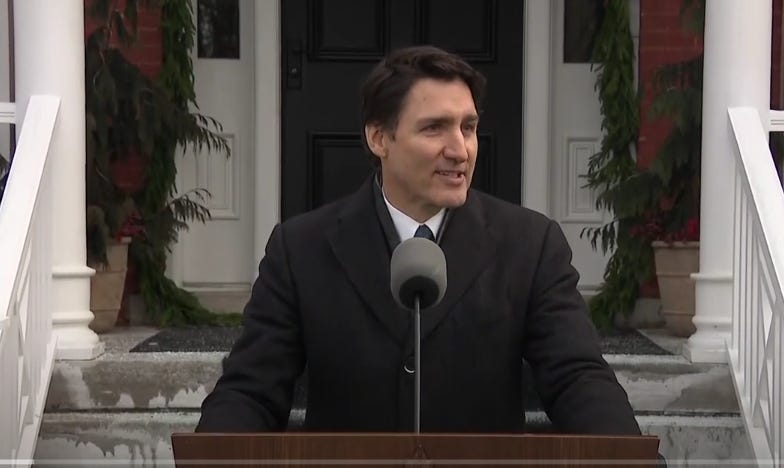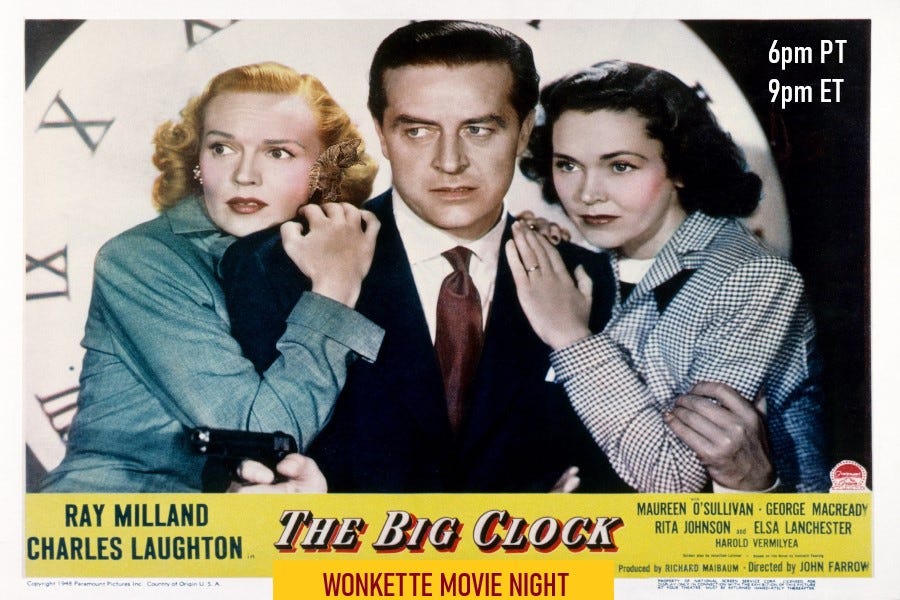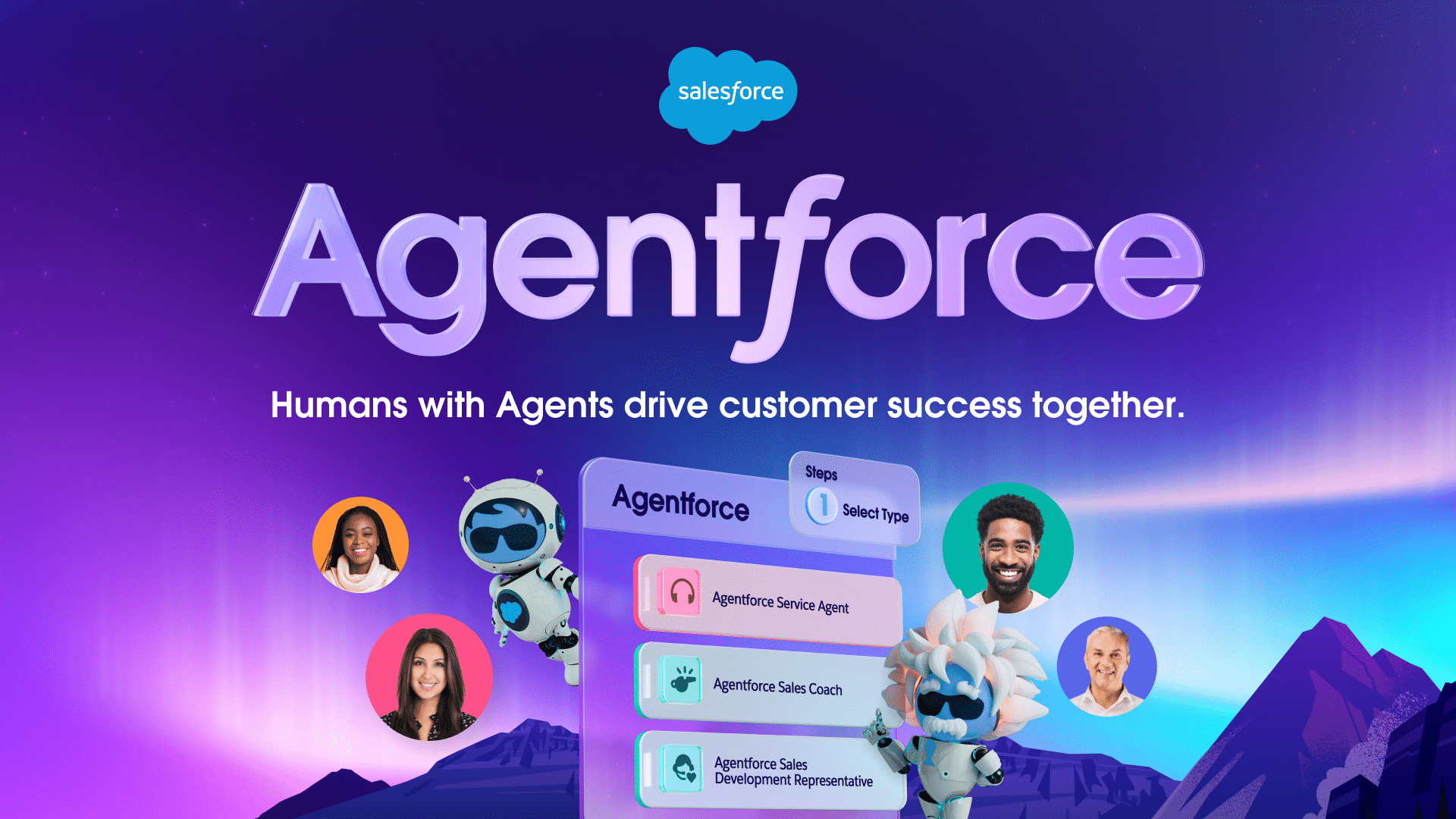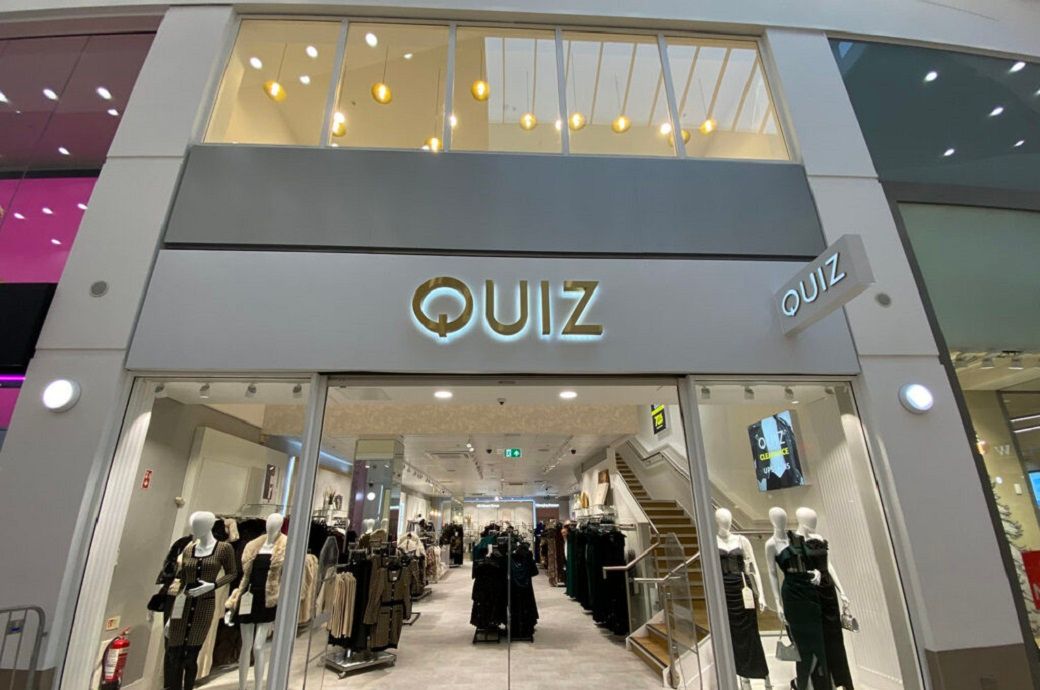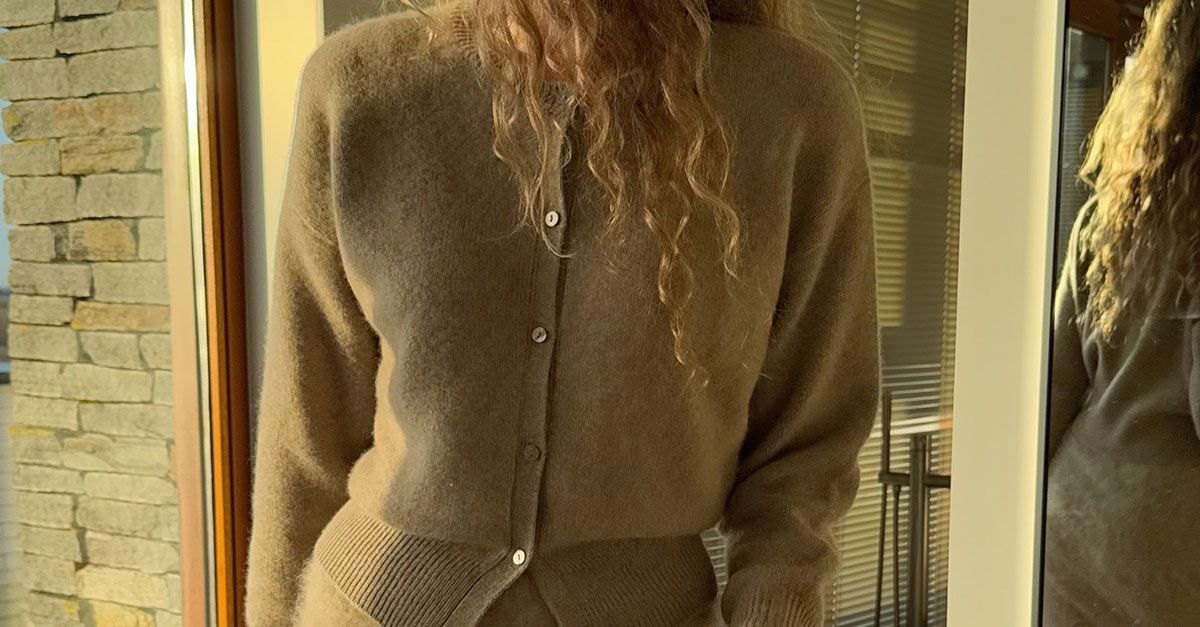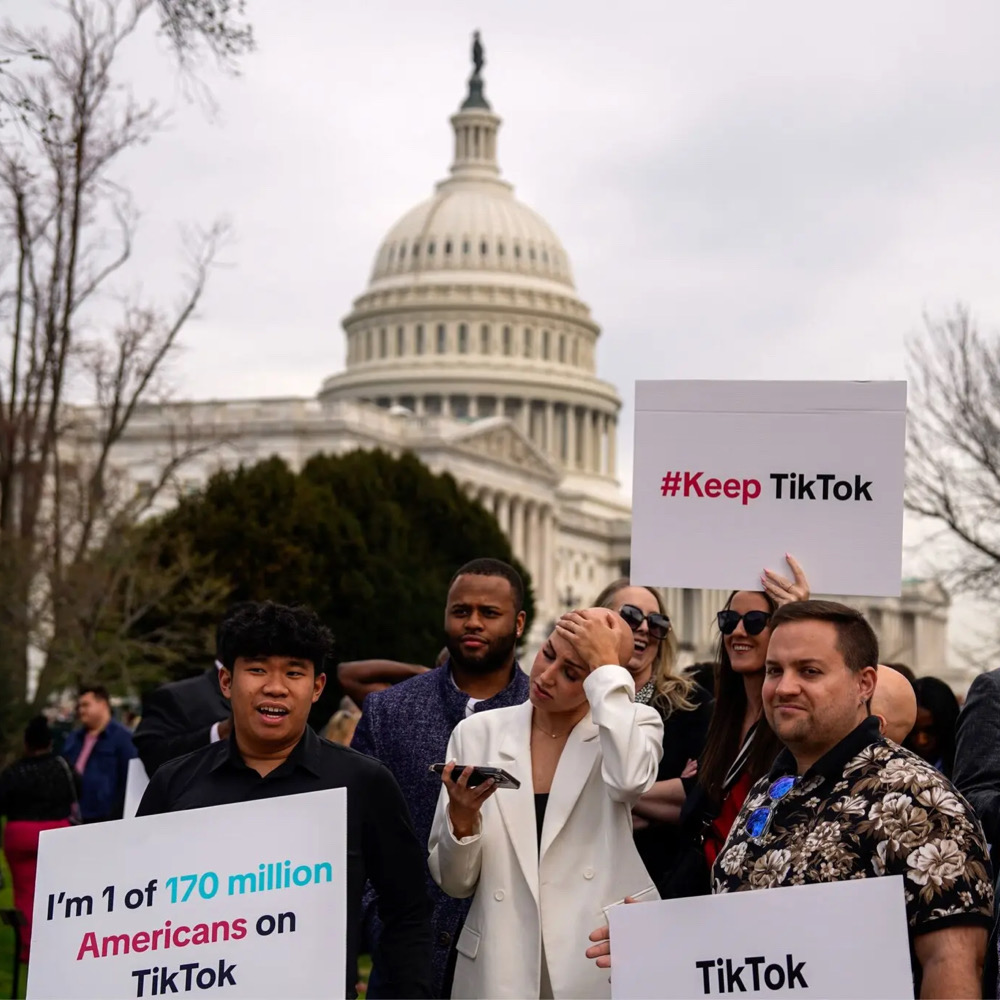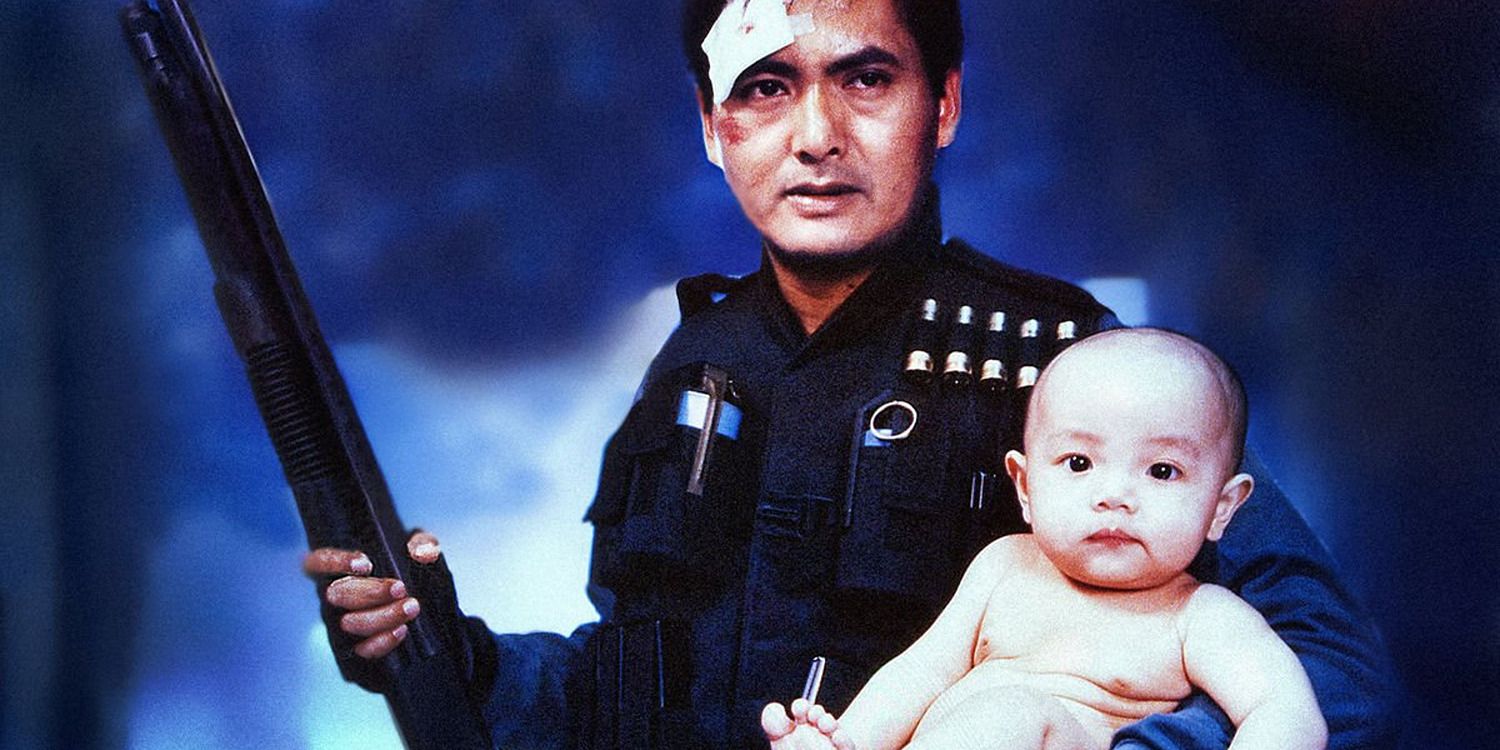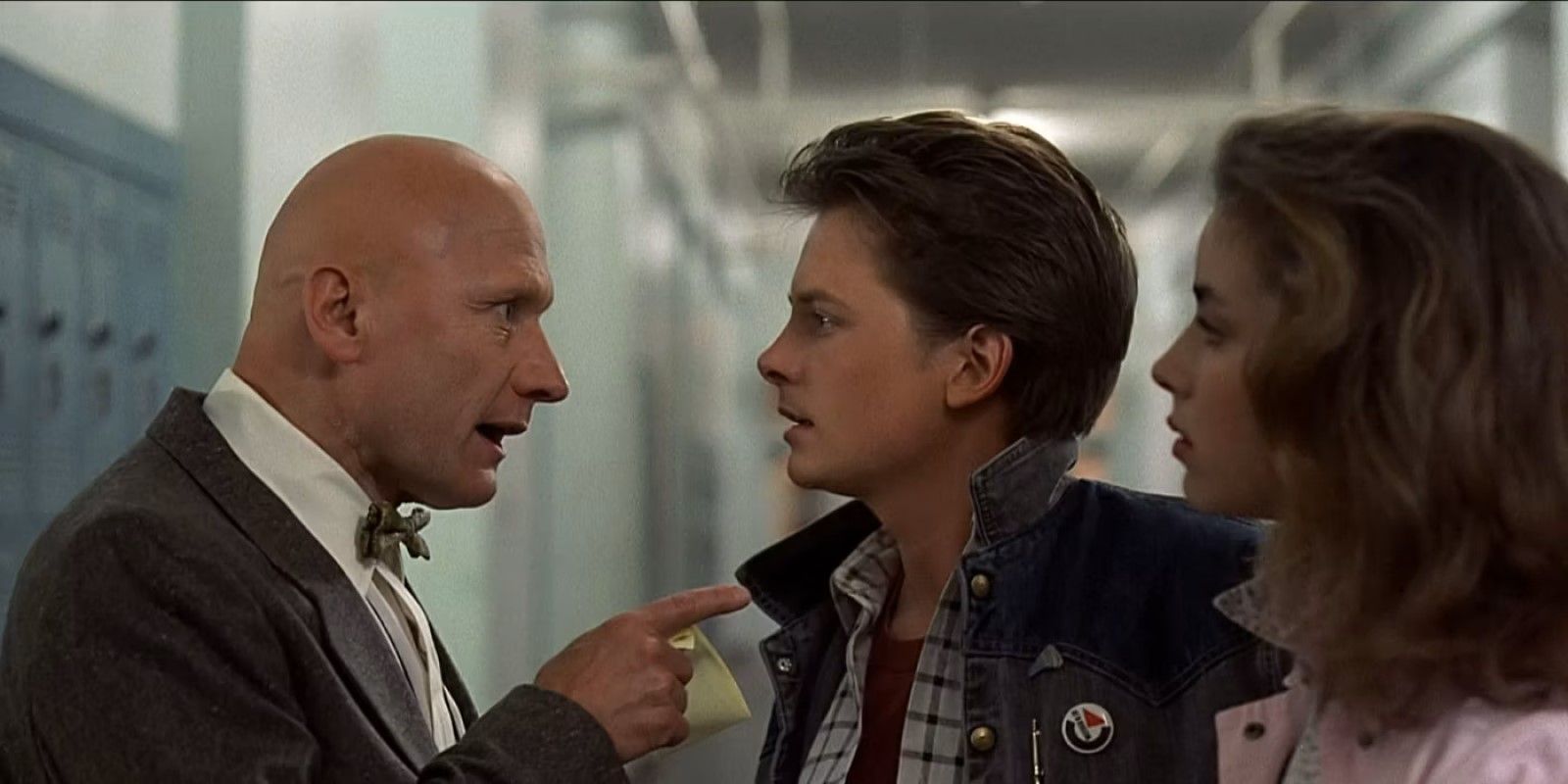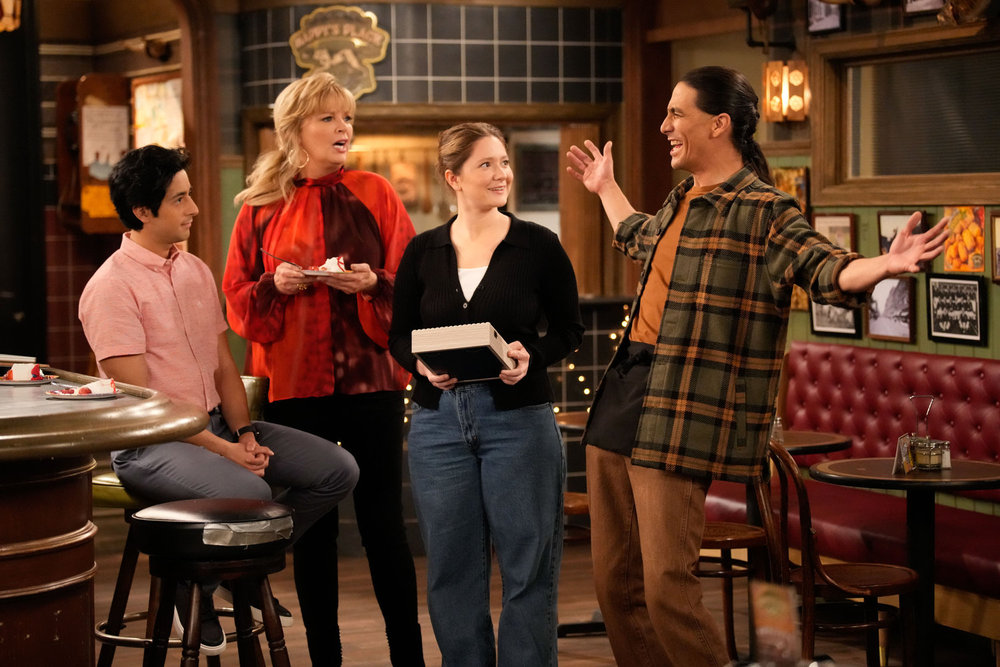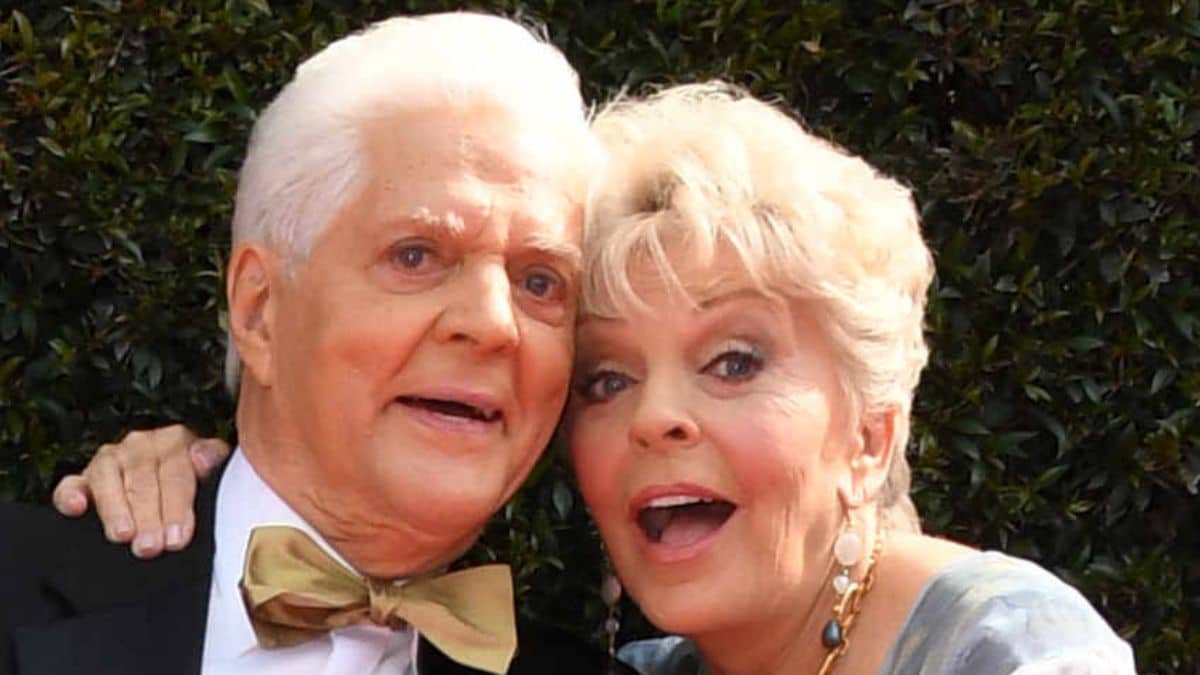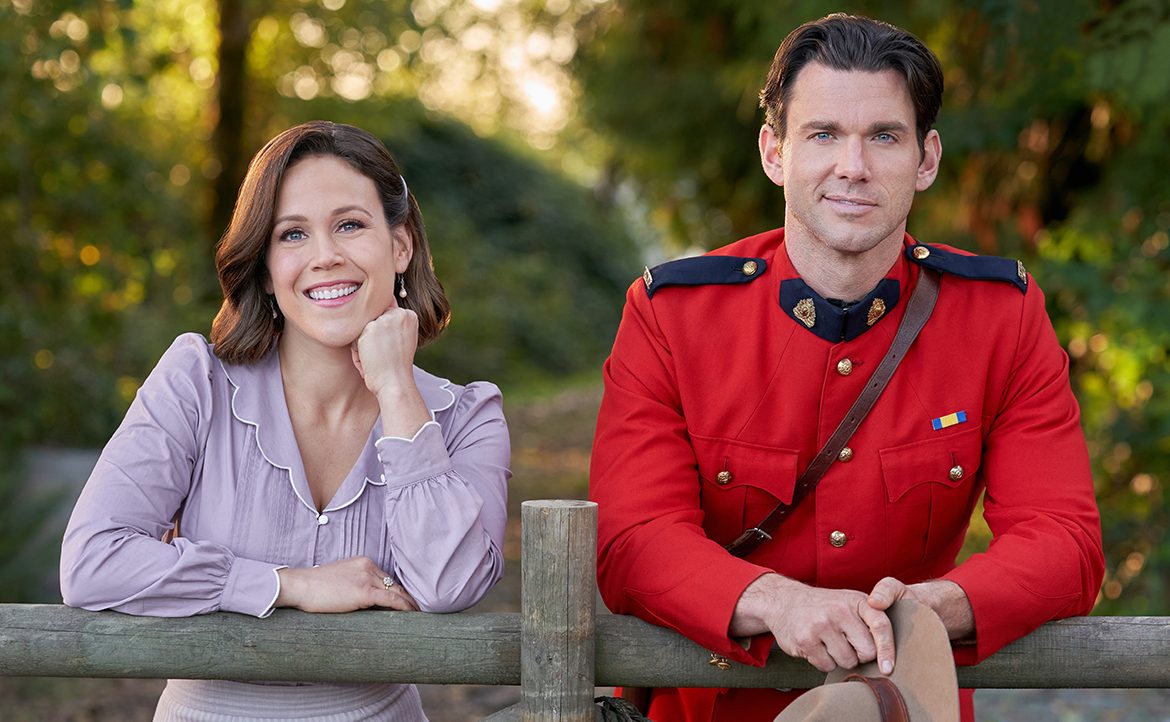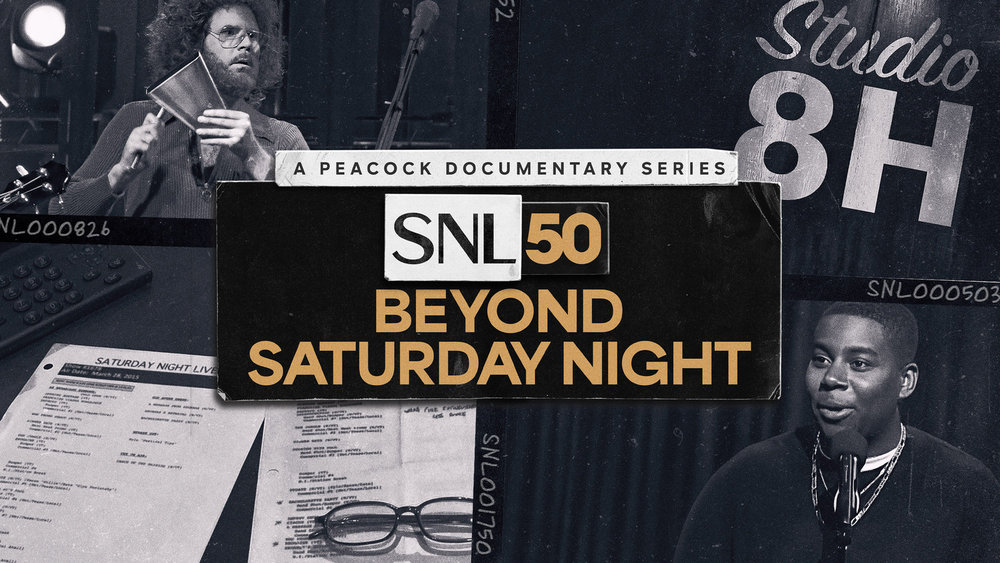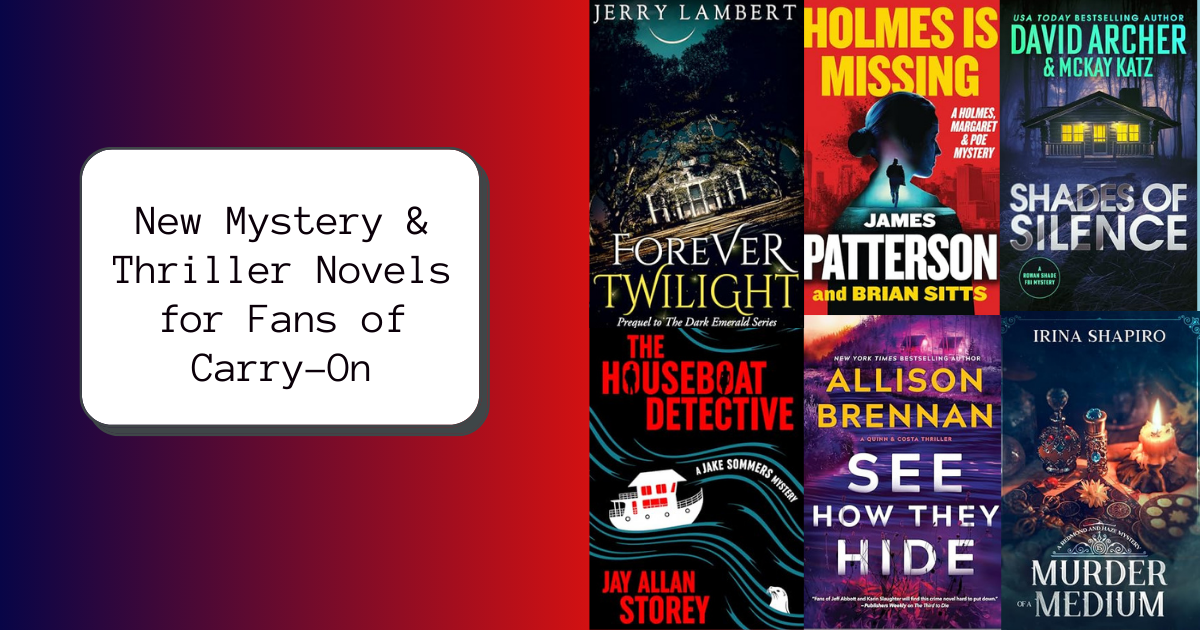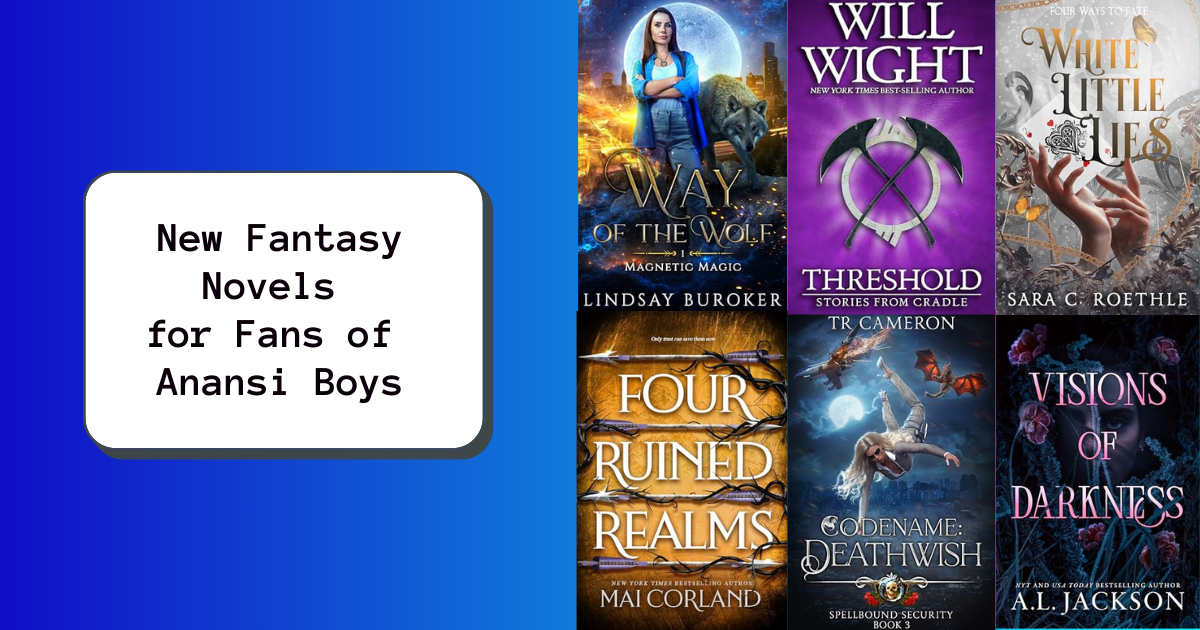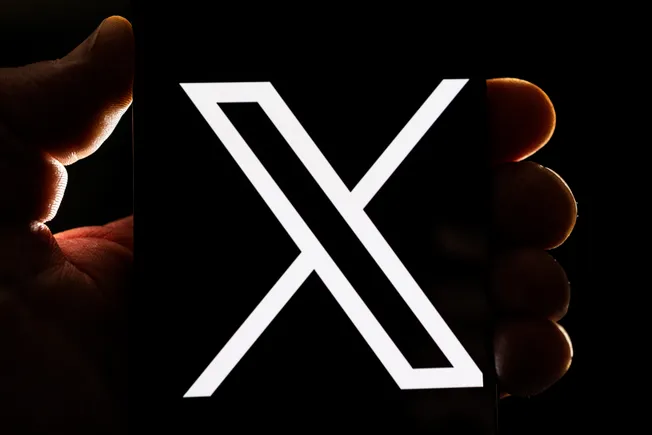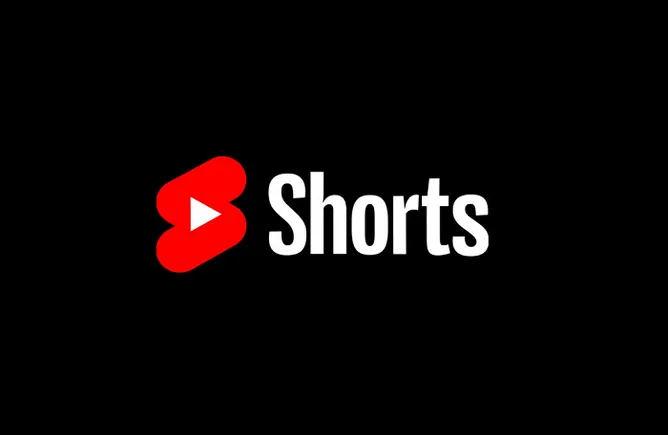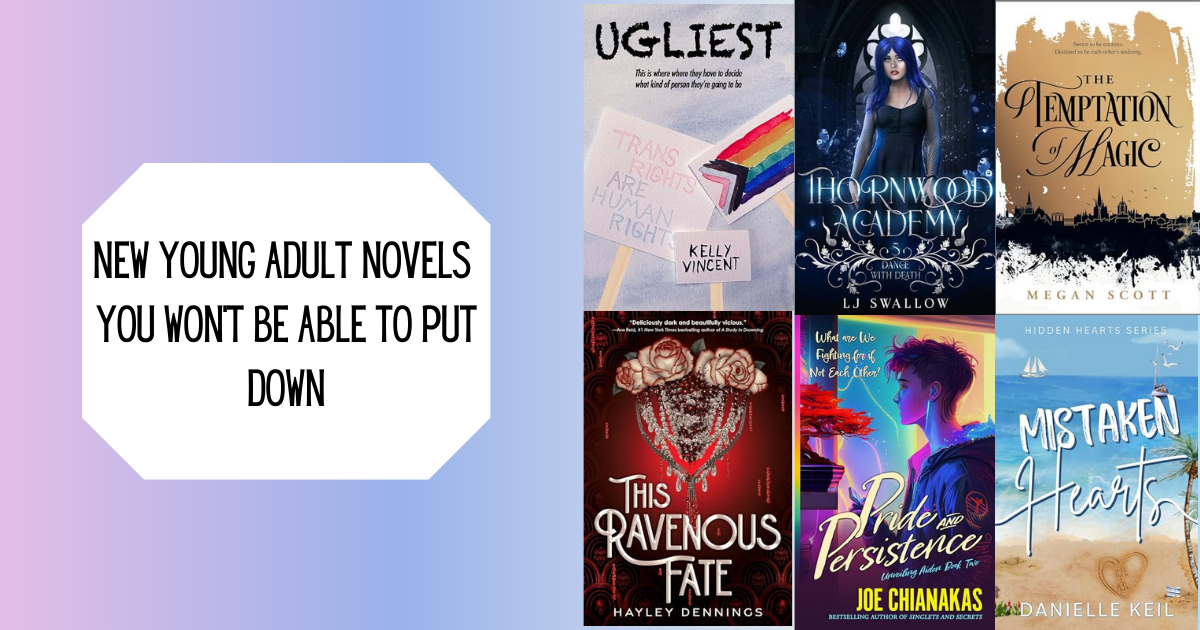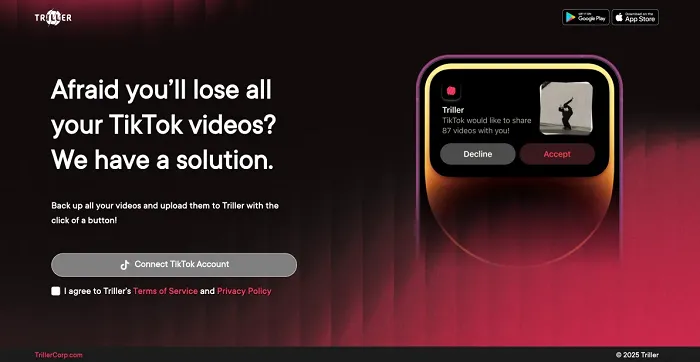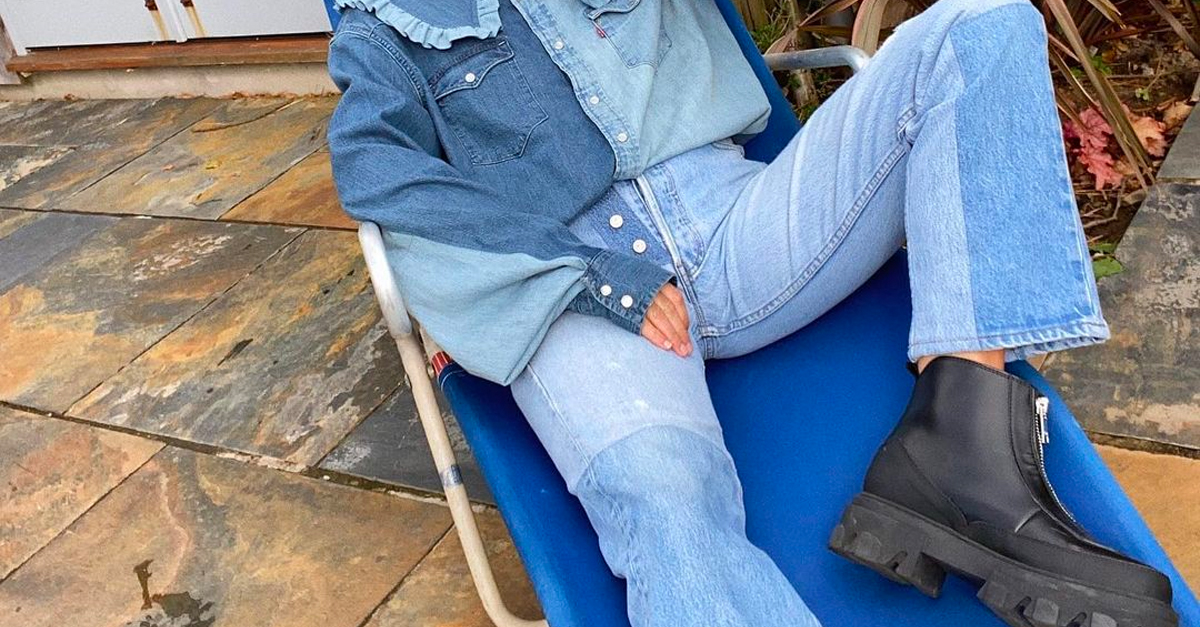Every single film from a major studio shares something in common: A big animated logo that’s the first thing you see after the lights go down in the theater. These logos become so ubiquitous that messing with their familiar images and music can help establish a film’s visual aesthetic or sense of humor before it even begins.
Almost a decade ago, I made a list containing a few of my favorites examples of movies that futzed with their studio’s logos. but there are so many recent examples since then — and some classic ones I forgot the first time around — that I thought we were due for an update. So here are 35 more times movies changed their studio’s logo in fun, clever, and smart ways.
35 Movies That Changed Their Studio Logos In Clever Ways
The Mouse That Roared (1959)
Directed by Jack Arnold
The instantly recognizable Columbia Lady is so iconic that countless movies have altered her appearance as a way of jolting an audience. For example, 1959’s The Mouse That Roared, a comedy about a tiny nation that declares war on the United States, had an actress pose as Columbia, and then suddenly spring to life and react in terror as a tiny mouse crawls across her podium. Given the subject of the film — and the fact that Columbia is the female personification of America — it was not only a funny gag, it was a cleverly symbolic one as well.
Zotz! (1962)
Directed by William Castle
What the hell is “zotz”? It’s the magic word used by the hero of William Castle’s 1962 film. Hold a mystical amulet, point at your target and shout “Zotz!” and you can hurt them or slow down time. It’s a quirky premise to be sure, and to introduce it early, Castle himself appeared in Zotz!’s Columbia logo, where he pointed at the Columbia Lady and yelled “Zotz!” (“What’s zotz?” she replied.) In her second appearance at the end of the film, Columbia quipped “Zotz all folks!”
Strait-Jacket (1964)
Directed by William Castle
Castle, a master of movie marketing gimmicks with a playful sense of dark humor, messed with Columbia again two years later. Following the conclusion of Castle’s horror film Strait-Jacket, about an axe murderer who is released from a mental institution and suspected of even more violent crimes, the Columbia logo makes a second appearance — with her head cut off and laid at her feet. It’s honestly a little surprising Castle was able to get away with this sort of graphic logo violence way back in 1964.
Thank God It’s Friday (1978)
Directed by Robert Klane
The Columbia Lady went disco for this late ’70s musical produced by record labels Motown and Casablanca, busting a couple moves to the music before re-raising her torch into the sky.
Smokey and the Bandit II (1980)
Directed by Hal Needham
As the signature Universal globe spins to start Smokey and the Bandit II, the Bandit’s Trans Am zooms by, trailed by Sheriff Buford T. Justice’s police car. You can even hear a little Burt Reynolds’ trademark chuckle during the fade to black. In other words, the logo says, don’t take anything you’re about to watch too seriously.
READ MORE: The 15 Best Fake Trailers From Real Movies
Coming to America (1988)
Directed by John Landis
Coming to America wasn’t the first movie to incorporate the Paramount logo and its famous mountain into the first scene of a movie. (The Indiana Jones franchise had already made it a recurring motif by 1988) but it was done particularly seamlessly here, as the camera pushes in towards the peak which then gracefully becomes the kingdom of Zamunda, home to Eddie Murphy’s Prince Akeem.
Gremlins 2: The New Batch (1990)
Directed by Joe Dante
Altered studio logos are often about setting a tone; letting viewers know immediately what kind of movie they are in for. That’s especially important in sequels that are different from the movies that inspired them. After the darker Gremlins, Gremlins 2: The New Batch went for a much lighter vibe, almost like a live-action Looney Tunes cartoon. And what better way to signal that than by beginning with actual Looney Tunes characters Bugs Bunny and Daffy Duck quipping at one another?
Street Fighter (1994)
Directed by Steven E. de Souza
This one cracks me up. The Universal globe spins and then shrinks and then becomes the globe in the Street Fighter logo. Earth wasn’t a part of the original Street Fighter II video game logo, so this was an invention of some very eager movie title designers. I approve.
The Crocodile Hunter: Collision Course (2002)
Directed by John Stainton
MGM’s Leo the Lion may be the most famous of all the Hollywood studio mascots, making him an especially large target for satire. In The Crocodile Hunter: Collision Course, Leo gets swapped out for — what else? — a snapping crocodile.
2 Fast 2 Furious (2003)
Directed by John Singleton
I’ve never been the biggest fan of 2 Fast 2 Furious. But I must admit beginning the movie with the Universal logo morphing into the rim on a muscle car is ingenious. It absolutely lets you know what sort of sequel you are in for: Big and broad.
Constantine (2005)
Directed by Francis Lawrence
The Warner Bros. logo gets obliterated by heavenly force in the opening to Constantine, giving an early taste of the staggering power that will threaten the title hero over the course of the movie. It not only hints at some of the visual language of the film, it subtly introduces the stakes of the conflict as well.
Ocean’s Thirteen (2007)
Directed by Steven Soderbergh
Steven Soderbergh kicked off the final Ocean’s movie with a jazzy throwback jazz score and dancing geometric patterns over the classic Warner Bros. logo. Translation: Expect lots of groovy, swinging retro vibes to follow.
Ghost Rider (2007)
Directed by Mark Steven Johnson
Marvel Studios constantly updates their logo with new images from their movies and shows, and sometimes with images to honor late contributors to their movies, like Stan Lee and Chadwick Boseman. But don’t typically go the route of surprising viewers with a wildly different version of the logo. Probably the best example of that is actually from Sony’s first Ghost Rider movie, where Marvel’s logo ignites, burning away the outer letters to reveal metal skulls, chains, and spikes. If the rest of the movie had this cheeky sense of humor, it would be a comic-book masterpiece.
The Simpsons Movie (2007)
Directed by David Silverman
You had to know The Simpsons were going to do something with the 20th Century Fox logo when they got their first big-screen movie. Sure enough, they deflated the bombastic opening fanfare by having Ralph Wiggum do his best (read: tone deaf) interpretation of it.
Harry Potter (2001-2011)
Directed by various
The Harry Potter film franchise was storytelling on an epic scale, and the franchise did an impressive job of evolving its visual language over time to suit the material in each subsequent novel. As the stories got darker, so did the films’ color palette — something that was reflected in each’s opening Warner Bros. logo. By the final movies, the vibrant blue-and-yellow WB shield had been replaced by a gray-on-black version soaring through a murky, cloudy sky.
Frankenweenie (2012)
Directed by Tim Burton
The animated Disney logo introduced this century has been changed to reflect specific movies numerous times in the last 20 years. The one that preceded Tim Burton’s Frankenweenie looks like the typical version with the twinkly, instrumental version of “When You Wish Upon a Star” — until the moment the song hits its crescendo, at which point a bolt of lightning blazes through the sky, the color drains away, and the music turns in a more ominous direction, setting the stage for the gothic, black-and-white kiddie horror comedy to come.
Cloudy With a Chance of Meatballs 2 (2013)
Directed by Cody Cameron, Kris Pearn
How’s Cloudy With a Chance of Meatballs 2 going to up the ante from the first film? The Columbia logo tells you: Now it’s not just raining food; the food is alive. It’s alive!!!
The Peanuts Movie (2015)
Directed by Steve Martino
Hey, if it worked for The Simpsons, it’ll work for Peanuts too. In The Peanuts Movie, the signature Fox theme music is played by Peanuts pianist Schroeder, banging away on his little toy piano perched at the bottom of the frame. Cute!
Krampus (2015)
Directed by Michael Dougherty
As soon as you see that Universal logo dripping with jagged icicles amidst the sounds of howling wind you know: Winter horror is on the docket. And that’s what you get from Krampus. It’s simple, but effective.
Mad Max: Fury Road (2015)
Directed by George Miller
Speaking of simple but effective: The Mad Max: Fury Road opening logos are only 20 seconds long, But the rusty letters and the sounds of engines are the cinematic equivalent of the announcer at a race saying “On your mark, get set, go!” Once those machines start revving, the message is clear: The vehicular madness is about to begin.
Tomorrowland (2017)
Directed by Brad Bird
Tomorrowland isn’t a great movie, but it has a really cool, imaginatively futuristic version of the modern Disney logo. Instead of Cinderella’s castle, you get a utopian skyline whose silhouette manages to evoke the same spatial layout. Then, instead of the magical arc of pixie dust that traditionally creates the outer edges of the logo, a jet pack soars over the skyline and then out toward the viewer. If only the rest of the movie was this cool.
Blade Runner 2049 (2017)
Directed by Denis Villeneuve
Blade Runner is a future noir set in a spoiled dystopia populated by all sorts of artificial lifeforms. The Blade Runner 2049 logos evoke that in a moody low-key way, with eerie music beneath glitchy and almost monochromatic titles that evoke searching spotlights and surveillance camera footage. The Columbia Lady in silhouette with only her torch illuminating the screen is a really striking image too.
The LEGO Batman Movie (2017)
Directed by Chris McKay
Some of the animated logos on this list are a bit on the melodramatic side; our movie is so big, they say, the ordinary studio logo just wouldn’t do. That includes many of the DC and Batman films. So opening The LEGO Batman Movie with dark blue and yellow studio logos narrated by Will Arnett’s LEGO Batman gravely intoning that all “important movies” begin with “really long logos” is practically a statement of purpose for the entire film: Deflate all those “important movies” with self-lacerating jokes.
The Emoji Movie (2017)
Directed by Tony Leondis
The traditional Columbia logo gets photographed by a cell phone, which then applies a bunch of emoji filters to her face in the opening to The Emoji Movie. On the nose? Sure. But it gets the job done.
mid90s (2018)
Directed by Jonah Hill
Altered logos are almost exclusively the domain of the major studios because they’re expensive to produce and because you need to have a logo that people already recognize from countless other movies for the change in the logo to register. So this version of the A24 logo from Jonah Hill’s mid80s is quite notable. Bonus points for being so low-fi. Even the shadows from the trees is cool; it makes it look so unfussy, like something created on a whim in a matter of minutes.
Spider-Man: Into the Spider-Verse (2018)
Directed by Bob Persichetti, Peter Ramsey, Rodney Rothman
One of the best examples of a changed logo comes in the Spider-Verse movies, which gets across the idea of alternate realities before a single frame of the actual film has been projected by cycling through all sorts of variants of its opening logos. The Columbia Pictures logo, for example, morphs through several of its past iterations. There’s even a glimpse of the famous alternate logo from 1965’s Cat Ballou.
Incredibles 2 (2018)
Directed by Brad Bird
The Incredibles brand is so strong it has its own color scheme. So of course the Disney and Pixar logos at the top of Incredibles 2 got re-themed to match those signature reds and yellows. Along with that atmospheric Michael Giacchino score, it really sets the mood for some throwback superhero fun.
Bohemian Rhapsody (2018)
Directed by Bryan Singer
The Fox fanfare gets a fuzzy, rocking Queen-inspired rendition at the launch of the Queen biopic Bohemian Rhapsody. Another one on the obvious side, but sometimes the obvious choice is the correct one.
The Addams Family (2019)
Directed by Conrad Vernon and Greg Tiernan
They’re the Addams family (they’re both creepy and kooky), so they don’t have a cat; they have a lion named Kitty Kat. Since 2019’s animated Addams Family was released by MGM, the logo joke essentially writes itself. (I do like the fact that Kitty jumping through the logo knocks it down, revealing the Addams’ home behind it.)
Alita: Battle Angel (2019)
Directed by Robert Rodriguez
The opening of Alita isn’t just a clever gag, it establishes the setting of the movie, by wiping away the gleaming 20th Century Fox logo and replacing it with a ruined one for 26th Century Fox. In less than a second, you know when and where this sci-fi movie takes place.
Zombieland: Double Tap (2019)
Directed by Ruben Fleischer
You keep your grubby paws off the Columbia Lady you undead monsters! Fortunately, she’s got her torch, and she can use it to beat the crap out of a pair of zombies who come lumbering toward her pedestal. After dispatching both of them, she resumes her regal pose. Great stuff.
Soul (2020)
Directed by Pete Docter
The tired Soul logo would have been to kick off Pixar’s tribute to the power of music with a toe-tapping jazz version of “When You Wish Upon a Star.” The wired version they went with sounds horrible, because it is being played by the members of music teacher Joe Gardner’s class. This segues beautifully into the opening scene of Joe and his students, and promptly explains to the audience how far Joe is from living his dream of musical greatness. This is show don’t tell at the highest level — or technically, in this case, hear don’t tell.
Vivo (2021)
Directed by Kirk DeMicco
That Columbia Lady really likes to get down. As in the Thank God It’s Friday logo, where she broke out some disco dancing, in the opening to VIvo she pulls a flute out of her robe and starts to blow some spritely notes as she shimmies out of frame. It’s almost a subliminal cue to the audience: The rhythms in this movie are so infectious, you’re not going to be able to sit still.
The Matrix Resurrections (2021)
Directed by Lana Wachowski
The original Matrix trilogy featured green-on-gray logos, in tribute to the films’ famous scrolling computer code. When the series was resurrected in 2021, the Warner Bros logo has changed to reflect the studio’s new corporate ownership. That new logo begins as normal, but as the golden WB shield passes the camera, it suddenly shifts to green and black to let you know: The Matrix is back.
Alien: Romulus (2024)
Directed by Fede Alvarez
It may be 20th Century Studios these days, but Alien: Romulus’ opening logo still pays homage to the creepy Fox logo at the start of Alien 3, with the classic studio fanfare holding on one big note and dragging it out until it begins to sound like a cross between a buzzing insect and an alarm bell, warning you of trouble ahead.
25 Movies That Changed Completely During Production
These films started looking one way and wound up looking very different by the time they were actually released.







